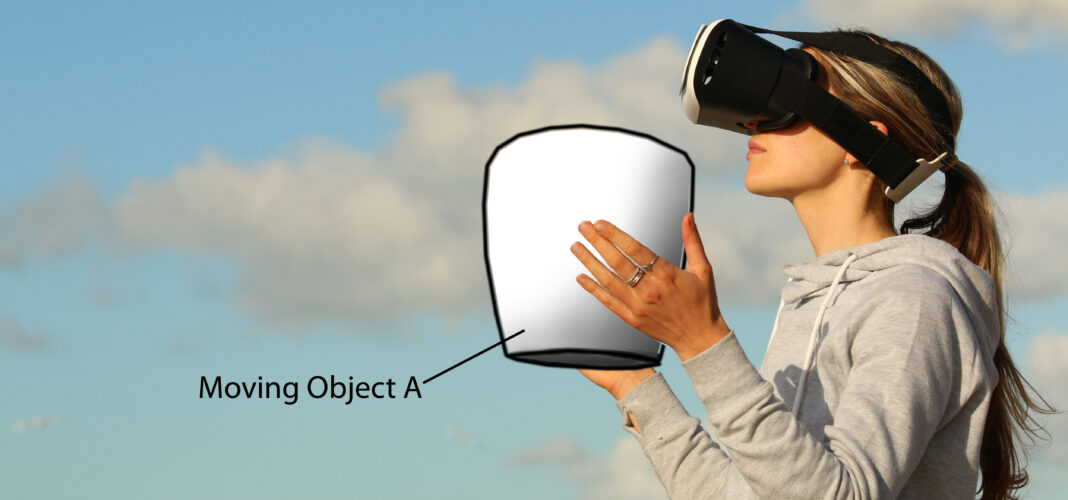Way back in the dark ages of the late 1990s most people didn’t create web content and those who did worked for big companies handcrafting HTML and using FTP to push changes to the server. You couldn’t edit content directly online, it was very much an offline publishing model. Twenty years on Virtual Reality (VR) is in that same exclusive place with handcrafted content created mostly in big gaming and movie studios offline and then published. To leap to the next stage of adoption and manifest the first version of the metaverse providers need to enable “VR content authoring in VR” and that is exactly what the Umajin Platform provides.
A lot of investment continues into improved Virtual Reality and Augmented Reality headsets by companies including Meta, Apple, Microsoft, and Snap. These headsets will improve and become more commoditized. But what are people going to do with them?
Some of todays limited content is quite compelling, but evidently not very “sticky”. A VR session is on the order of 20 minutes for the average user, and total monthly usage is 6 or 7 hours on average, versus 5 to 6 hours per day for smartphones in the US.
Like we have just witnessed with the internet, broad adoption of metaverse experiences will depend on enabling user generated content. Smartphone usage is driven by user generated content through social, video, and photo sharing applications (about 70% of the total). The multi-user engagement and editing provided by the Umajin Platform are the very tools that will truly launch the metaverse.
Umajin provides the ability to collaboratively create 3D content while working in a VR or AR environment. Being able to easily create immersive environments, incorporate a variety of 3D assets, and most importantly, to collaborate and edit in an immersive VR experience will empower the individual creator, for both consumer and enterprise content. Having shared presence while creating and consuming these experiences and stories is central to the metaverse experience.
Another thread that content authors using Umajin benefit from is the explosion of publicly available 3D libraries full of ready to use objects and assets. For example, have a look at Lowe’s Open Builder online library of the products they sell in their stores, search through the hundreds of brands at 3D Warehouse for just the right table or lamp, or for something more unique browse Sketchfab’s range of free and licensed models.
Umajin brings game engine technologies to consumer and enterprise computing using drag and drop no code for simple applications. Multiple users can edit and work/play together, and the visual editor provides a collaborative WYSIWYG experience to team members across multiple locations. The platform makes it easy to integrate and visualize social or enterprise data in applications, and incorporate 3D assets, motion tracking, voice control, and much more. Umajin enables applications to be published instantly on XR headsets, as compiling is not required. Mobile Apps, AR on Mobile, VR on Meta Quest 2, WebVR, pass through AR, and AR with transparent optics are supported.
